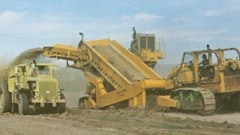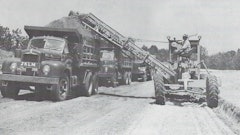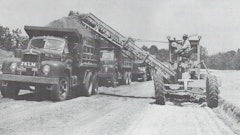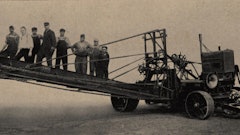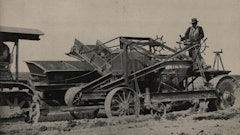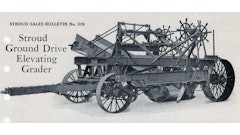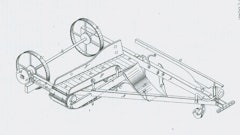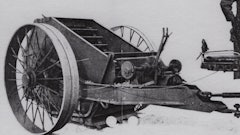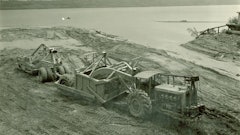Thomas Berry is an archivist with the Historical Construction Equipment Association (HCEA). HCEA is a 501(c )3 nonprofit organization dedicated to preserving the history of the construction, dredging and surface mining equipment industries. With over 3,500 members in a dozen countries, its activities include operation of the National Construction Equipment Museum and archives in Bowling Green, Ohio; publication of a quarterly magazine, Equipment Echoes, from which this text is adapted, and hosting an annual working exhibition of restored construction equipment. Individual memberships are $35 within the USA and Canada, and $55 elsewhere. HCEA’s next International Convention and Old Equipment Exposition will be held Sept. 22-24, 2023, in Bowling Green, Ohio. HCEA seeks to develop relationships in the equipment manufacturing industry, and offers a college scholarship for engineering students. Information is available at hcea.net, or by calling 419-352-5616 or emailing [email protected].
